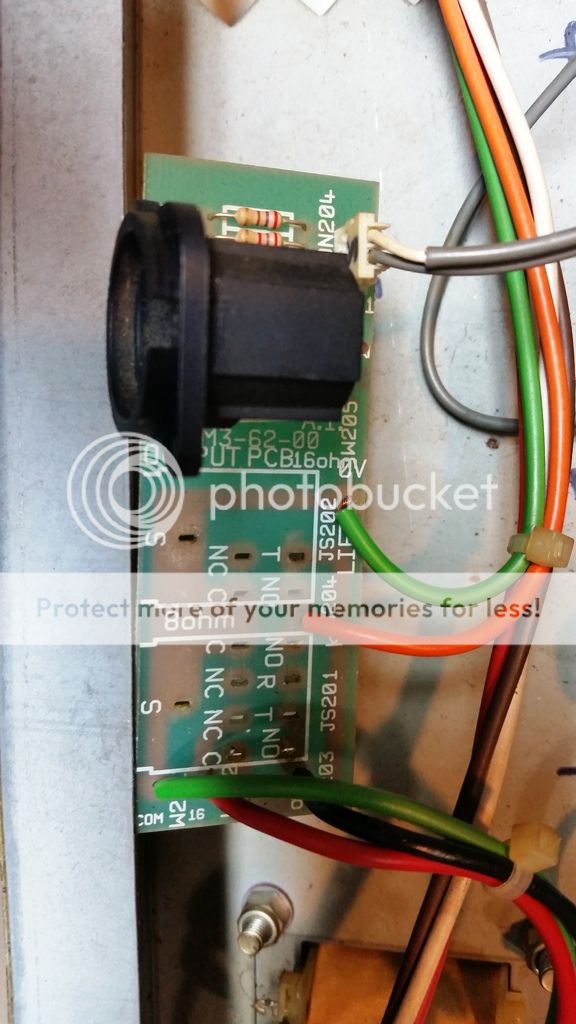Have in a buddy's JTM30. The PT is shorted and on order.
In the meantime, both main speaker and extension jacks are broken and need replacing. He asked if I could just wire in some Switchcraft jacks straight to the OT and eliminate that portion of the output PCB board. Makes sense to me since the original Jalco jacks have proven impossible to source, at least to this point.
What would you pros do? I'm inclined to wire in the Switchcraft jacks, but I'll need some help sorting out the configuration. Those jacks will also need to be insulated from the chassis, correct?
Schematic attached.



In the meantime, both main speaker and extension jacks are broken and need replacing. He asked if I could just wire in some Switchcraft jacks straight to the OT and eliminate that portion of the output PCB board. Makes sense to me since the original Jalco jacks have proven impossible to source, at least to this point.
What would you pros do? I'm inclined to wire in the Switchcraft jacks, but I'll need some help sorting out the configuration. Those jacks will also need to be insulated from the chassis, correct?
Schematic attached.



Comment